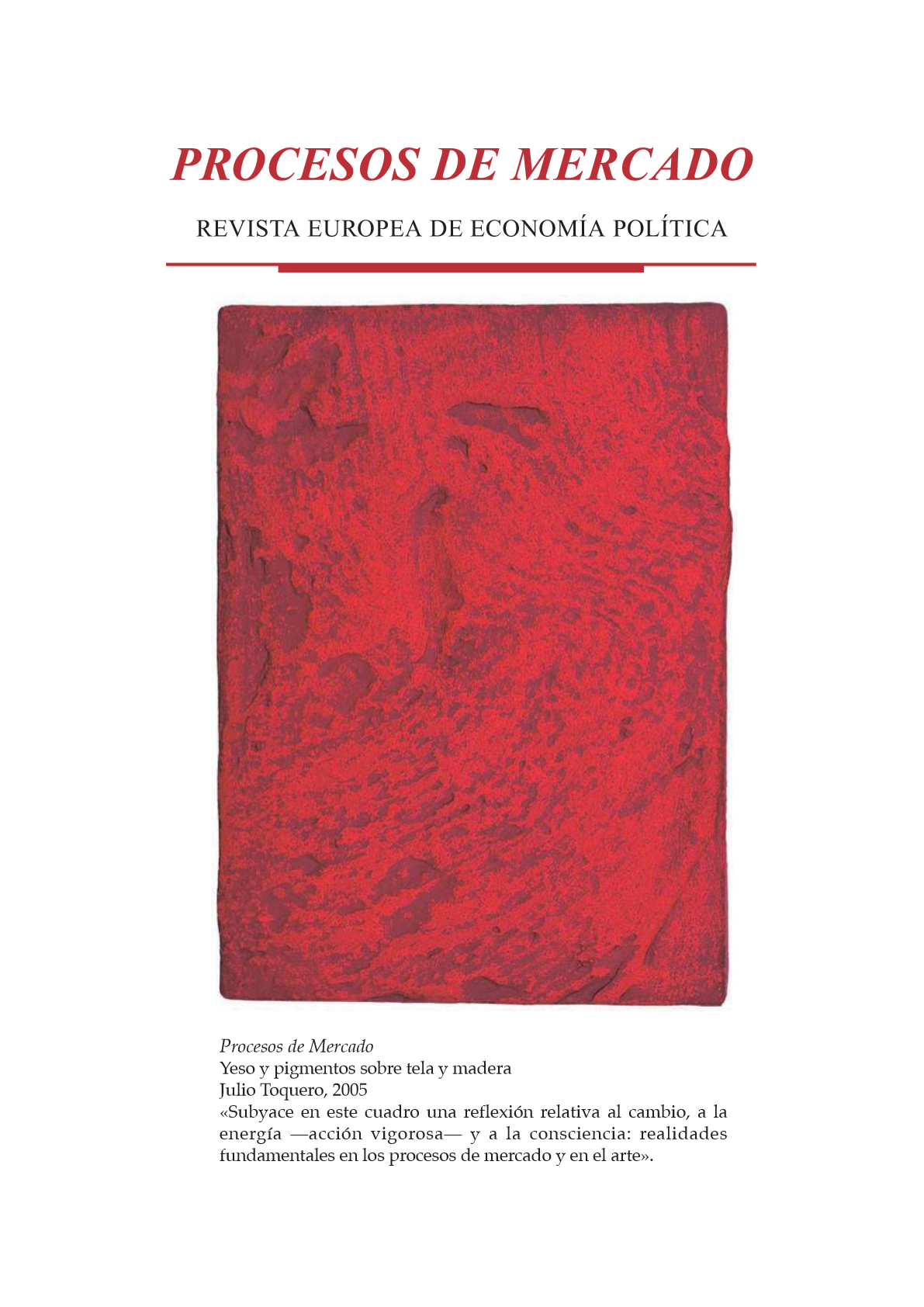AN AUSTRIAN CRITIQUE AND ALTERNATIVE TO DISCOUNTED CASH FLOW ANALYSIS
DOI:
https://doi.org/10.52195/pm.v21i1.925Abstract
Among scholars, Discounted Cash Flow is considered one of the most precise methods to preview the “fair” value of an asset. However, as the Austrian School explains, social phenomena are complex and cannot be modeled. Social facts involve uncountable variables and a radical, permanent uncertainty. So, this work presents a critique of the Discounted Cash Flow Perspective and introduces guidelines for the development of an Austrian entrepreneurial-based alternative. Entrepreneurs are individuals who bear uncertainty, while seeking profits and molding the future, aiming to satisfy consumer needs. It is through entrepreneurship that firms sustain their activities over time, challenging turbulences and creating/exploiting opportunities. Then, more than modeling prices of firms, investors should analyze the quality of the entrepreneurship of the firms they intend to invest in, rewarding and trusting those they see as most profitable in the future.
Downloads
References
Audretsch, D.B.; Thurik, R. (2000). “Capitalism and Democracy in the 21st Century: from the managed to the entrepreneurial economy”. Journal of Evolutionary Economics, 10, 17-34. DOI: https://doi.org/10.1007/s001910050003
Damodaran, A. (2012). Investment Valuation: Tools and Techniques for Determining the Value of any Asset. 3rd Edition. John Wiley & Sons.
Foss, K.; Foss, N. J.; Klein, P. G. (2006). “Original and Derived Judg- ment: An entrepreneurial theory of economic organization”, Organization Studies, 28 (12), 1893-1912. DOI: https://doi.org/10.1177/0170840606076179
Foss, K.; Foss, N. J.; Klein, P. G.; Klein, S. K. (2007). “The Entrepre- neurial Organizational of Heterogeneous Capital”, Journal of Management Studies, 44 (7), 1165-1186. DOI: https://doi.org/10.1111/j.1467-6486.2007.00724.x
Garrison, R. (2001). Time and Money: The Macroeconomics of Capital Structure. DOI: https://doi.org/10.4324/9780203208083
Gilbert, G.A. (1990). Discounted-Cash-Flow Approach to Valuation. ICFA Continuing Education Series 1990 (2), 23-30, https://doi. org/10.2469/cp.v1990.n2.4. DOI: https://doi.org/10.2469/cp.v1990.n2.4
Graham, B. & Dodd, D. (1934). Security Analysis.
Herbener, J; & Rapp, D. (2016). “Toward a Subjective Approach to Investment Appraisal in Light of the Austrian Value Theory”. Quarterly Journal of Austrian Economics, 19 (1), 3-28.
Huerta de Soto, J. (2015). Socialismo, cálculo económico y función empresarial. Madrid: Unión Editorial.
Hummels, D. (2007). “Transportation Costs and International Trade in the Second Era of Globalization”, Journal of Economic Perspectives, 21 (3), 131-154. DOI: https://doi.org/10.1257/jep.21.3.131
Koller, T. Goedhart, M. Wessels, D. (1990 [2020]). Valuation: Measur- ing and Managing the Value of Companies. Hoboken, NJ: John Wiley & Sons.
Kirzner, I. M. (1966). An Essay on Capital, Augustus M. Kelley, New York.
— (1973). Competition and Entrepreneurship.
Kruschwitz, L. & Löffler, A. (2006). Discounted Cash Flow — A The- ory of the Valuation of Firms. John Wiley & Sons. DOI: https://doi.org/10.1002/9781118673461
Lachmann, L. (1943). “The Role of Expectations in Economics as a Social Science”. Economica, 10 (37), 12-23. DOI: https://doi.org/10.2307/2549651
— (1956). Capital and Its Structure.
— (1971) The Legacy of Max Weber. Berkeley: The Glendessary Press. Marion Ceolin, A. (2019). “Contrastando el papel de la serendipi-
dad en las teorías austriaca y neoclásica”. Mises Journal, 8.
Mises, L. (1998). Human Action — The Scholar’s Edition. Ludwig von Mises Institute.
— (1957). Theory and History.
Rapp, D. J.; Olbrich, M.; Venitz, C. (2017). “Value Investing’s Com- patibility with Austrian Economics — Truth or Myth?”, Quar- terly Journal of Austrian Economics, 20 (1), 3-28.
Rothbard, M. (2004). Man, Economy and State with Power and Market.
Ludwig von Mises Institute.
Salerno, J. T. (2008). “The Entrepreneur: Real and Imagined”, Quar- terly Journal of Austrian Economics, 11 (3-4), 188-207 DOI: https://doi.org/10.1007/s12113-008-9043-5


